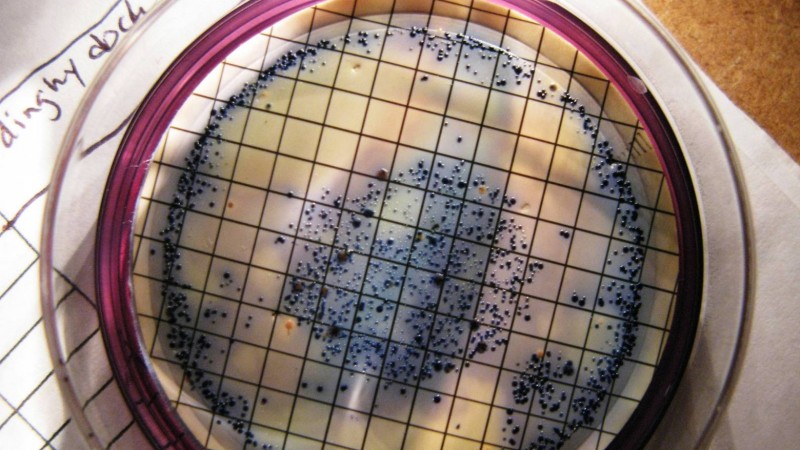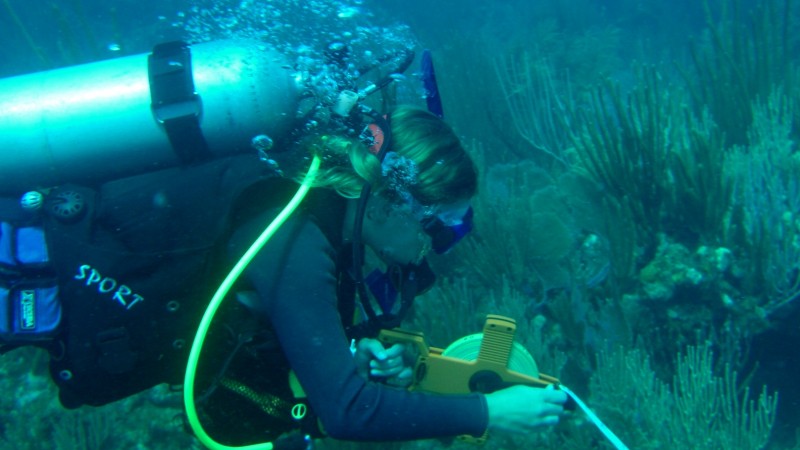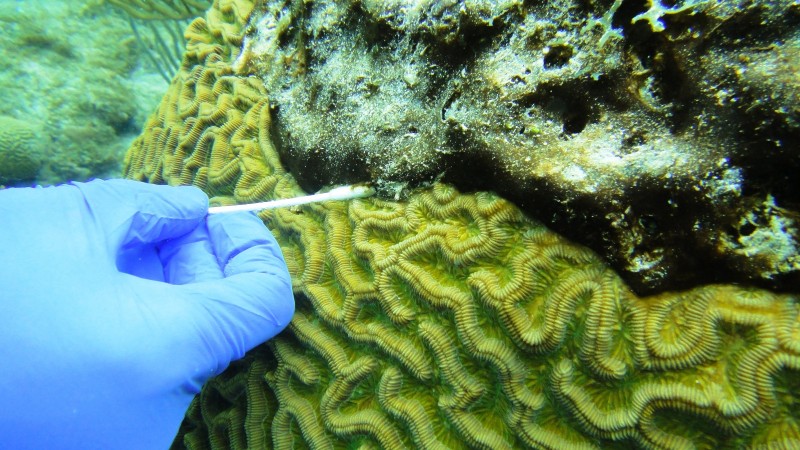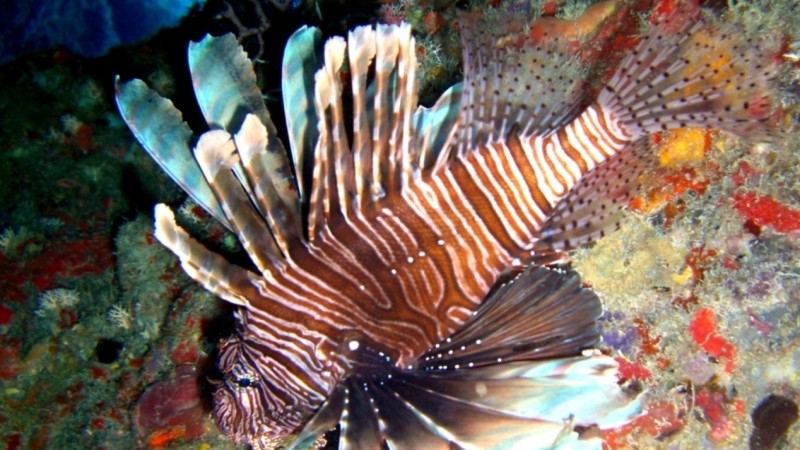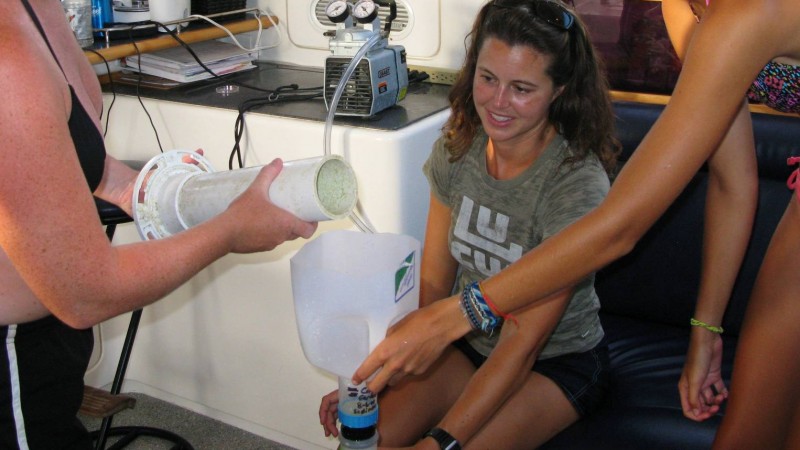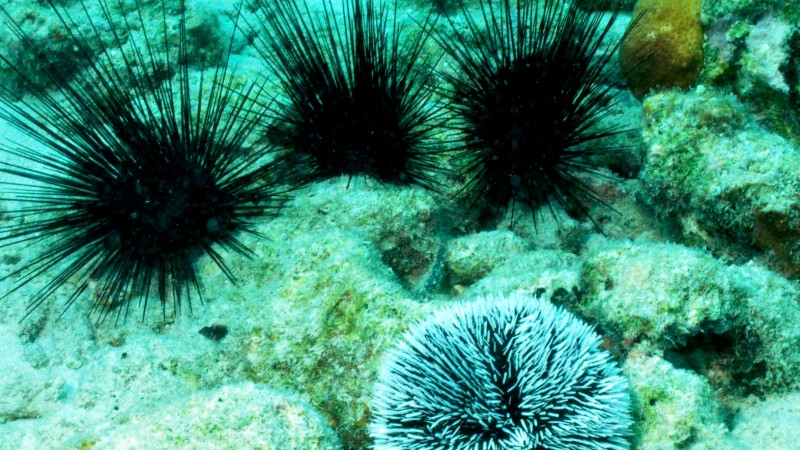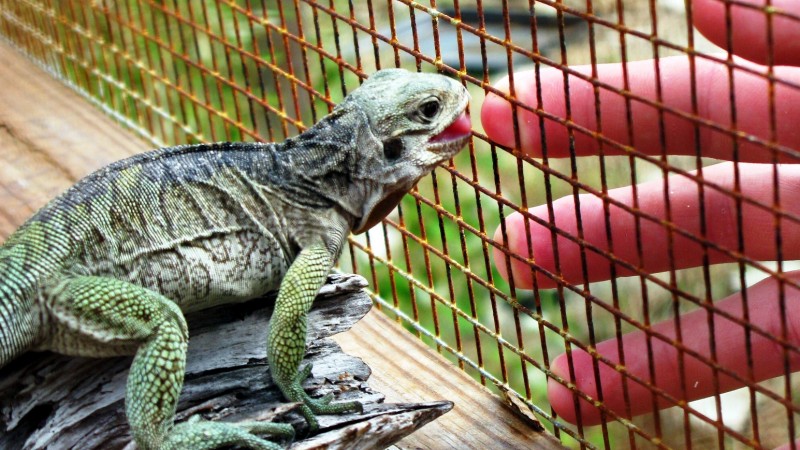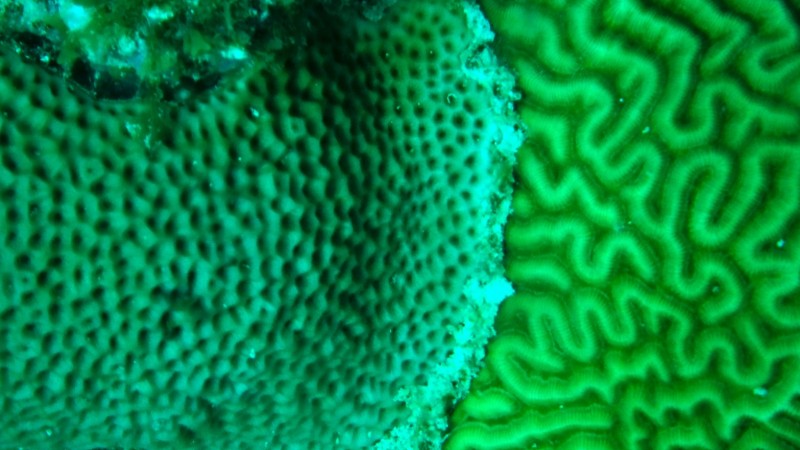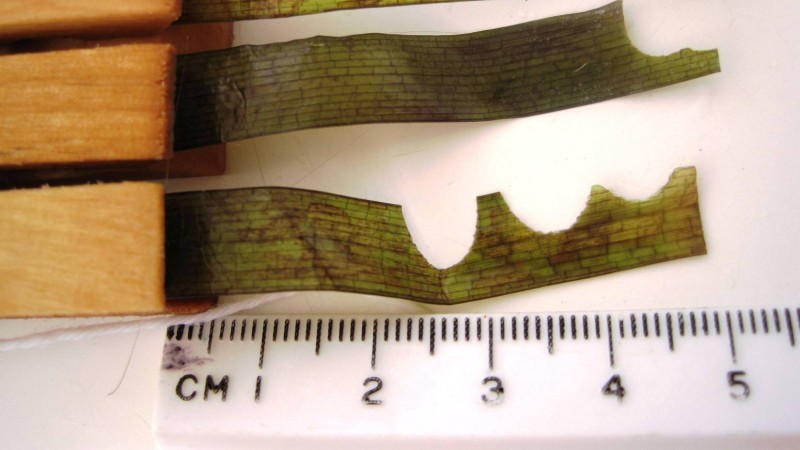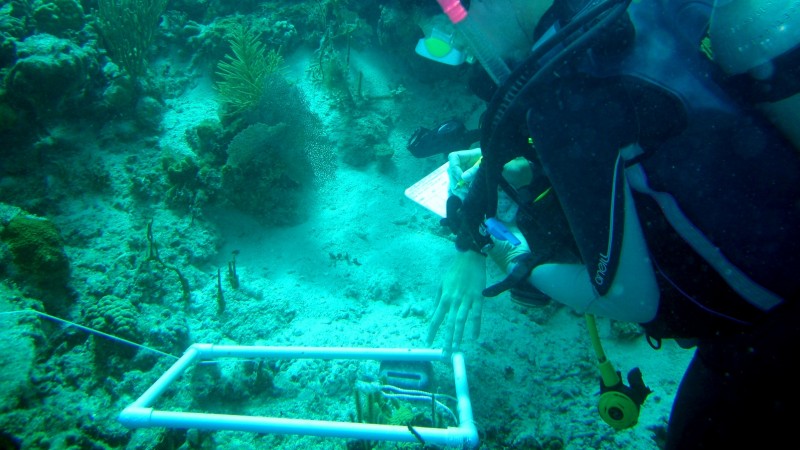When it comes to science, research and education go hand in hand. So in addition to teaching, MANTA’s mission includes tackling some of today’s tough issues on marine conservation and research. This means our students not only get to learn about marine science, they get to do marine science. Student will get to serve as part of the research team on existing MANTA projects, or develop and test their own inquiry-based field experiment on a hypothesis they develop. Personally investigating the ocean’s mysteries and gaining experience in the methods by which we study them will provide students a whole new look at the undersea world. The following topics represent examples of research topics that have been conducted during MANTA programs, or by MANTA’s instructors as part of their other research affiliations and campaigns. Students will learn more about research topics such as these, the methods and challenges involved, and have an opportunity to contribute to some of ongoing topics being conducted on-site this year. MANTA’s mission moving forward is to further strengthen and expand collaborations with other research institutions and resource managers to facilitate high impact science.
- Coral Reef Assessments: MANTA instructors and students scuba dive on coral reefs throughout the British Virgin Islands each year. We take advantage of this opportunity by conducting surveys to assess the condition of the coral reef ecosystem. Benthic surveys are performed using modified AGRRA (Atlantic and Gulf Rapid Reef Assessment) protocols to assess the relative cover of coral (live, dead, bleached, and diseased), algae, and other invertebrates, and their diversity. Fish surveys are also performed using AGRRA protocols to assess fish abundance, diversity, and size. These survey data are compared across sites that exhibit natural variability, and are subject to differing degrees of anthropogenic stressors. These data will be used to develop a long-term dataset, while serving as an effective tool to teach students these methods.
- Impacts of the invasive Indo-Pacific lionfish on Atlantic/Caribbean coral reef ecosystems: Indo-Pacific lionfish (Pterois volitans and P. miles) were incidentally released into the Atlantic in the late 1990’s. It has since become a highly successful and problematic invasive species that has established breeding populations on reefs throughout the southeast U.S., Gulf of Mexico, and Caribbean. Overfished native grouper, snapper, and parrotfishes now also face predation (as juveniles) and competition from the lionfish, threatening the recovery and sustainability of our commercially and ecologically important native fish. Since they have few natural predators in their new range, little competition, and prolific growth and reproduction, lionfish population densities are 4 times higher in the Caribbean/Atlantic than in their native range on the Indo-Pacific reefs. MANTA researchers and students have been surveying for presence/abundance of lionfish and gathering data on lionfish meristics to assess which species is present in the BVIs. MANTA also collaborated with the South Carolina Department of Natural Resources Marine Resources Research Institute to conduct fundamental research on lionfish biology (age, growth, and reproduction) to better understand how to predict and manage the threats of this invasive species to coral reef ecosystems. This project was implemented by a high school student funded through the College of Charleston’s Howard Hughes Medical Institute (HHMI) summer research mentor program. MANTA also collaborated with NOAA NCCOS (Beaufort, NC) and the local Chapter of Reef Guardians in the BVIs to evaluate the concentrations of ciguatoxin (an algal biotoxin harmful to humans) in lionfish meat to help facilitate developing the lionfish as a viable seafood alternative for local fishermen and restaurants.
- Sewage, Reefs, and People: As populations in Caribbean island nations continue to grow, the severity of negative environmental impacts will also continue to increase. Coastal tropical habitats are typically characterized by clear, low nutrient waters. However, human activity often alters the hydrology of upland watersheds and amplifies the inputs of sediment, nutrients, toxins, and harmful bacteria and viruses into the adjacent coastal waters. These tropical coastal habitats include coral reefs, seagrass beds, and mangroves that are thriving ecosystems that are also sensitive to such environmental stressors. These impacts are a threat to the biodiversity of these ecosystems, and can compromise the functions that these habitats serve to the benefit of humans. These functions includes protecting shorelines from storms and erosion, serving as critical habitat for juvenile and adults species that are important sources of food for local people, providing a clean and safe place for locals to enjoy recreationally, and the important economic role that these natural resources play in attracting tourism. MANTA staff and students conducted a two-year research project to assess the water quality at reefs, harbors, and beaches around the BVIs. One of the primary focuses of this research was to measure the levels of fecal coliform bacteria in the seawater, which was performed using NOAA methods in collaboration with their research staff in Charleston, SC. These fecal coliforms come from releasing untreated sewage into coastal waters that are being used by locals and tourists for swimming, fishing, diving, beaching, and boating. This sewage can be discharged from land-based sources due to absent or insufficient sewage treatment facilities; or from marine sources from the thousands of boats in the BVIs that discharge their sewage waste directly into the water. While discharging marine sewage is technically illegal, there is virtually no compliance and the infrastructure does not exist to support compliance. Ingestion of fecal coliform bacteria is a major public health issue and results in numerous beach closures throughout the United States each year when fecal coliform concentrations become too high. However, a monitoring network like this does not currently exist in the BVIs, so the exposure levels are largely unknown. Aesthetics or the perception of the beauty and cleanliness of the BVIs could also be greatly harmed when tourists witness the direct release of sewage from boats, which would likely negatively impact a tourists’ enjoyment of the marine environment and subsequently harm the BVI economy by the loss of repeat tourists and negative publicity. Along with the public health risk of discharging sewage, the concomitant release of nutrients also poses an ecological threat to coral reefs. Higher nutrient levels promote an increase in macroalgae growth on the reef that can over-grow and kill the coral. A reduction in herbivorous fish abundance through overfishing further increases the competitive advantage that algae has. When these effects are combined with increased sedimentation rates caused by runoff and construction, the corals become less resilient to bleaching and disease and eventually die. These coral reefs are then replaced by a much less desirable algae-dominated reef which does serve these critical ecosystem functions. MANTA’s water quality research also included analysis of nutrient levels and sedimentation rates at selected sites. The degree of land use and human impacts was estimated by conducing building counts, boat counts, and estimating impervious cover (roofs, parking lots, roads, etc.) using photographs from google maps. Finally, human surveys were conducted by students and instructors to assess the opinions and beliefs about the marine environment of the BVIs. Tourists and locals were interviewed, including people who were, and were not, involved in a marine trade. The results of this study will be reported in the scientific literature, and inform resource managers and the public.
- The effects of reef fish community alteration on coral reef ecosystems: Human fishing activities routinely remove large predators and herbivores from the reef. These community changes may cause trophic cascades by altering the delicate balance of competition, predation, and complex interactions with reef invertebrates and algae that can negatively impact coral survival and reproduction. These complex processes present a vast array of ecological research questions that need to be better understood in order to elucidate the various mechanisms by which reef community alteration is contributing to the precipitous decline in corals that is occurring globally. These issues will be explored through hands on research using SCUBA-based surveys and other field techniques.
- Coral disease and health: Coral disease and coral bleaching are major global threats to the vitality and survival of coral reefs. Each summer MANTA students survey the reefs of the BVI’s for the frequency and types of coral disease and bleaching using NOAA or AGRRA survey techniques. High school and college students have also been trained in sterile field techniques for collecting coral mucus for genetic diagnostics to determine the microbes present on coral lesions versus healthy coral tissue. These samples were analyzed by PCR by one our undergraduate students who was trained in these laboratory methods working with NOAA colleagues.
- Assessing and Monitoring Coastal Pollution on Coral Reefs: MANTA scientists have also served as researchers at government and academic institutions, and students will learn about those ongoing research projects and the methods by which they are conducted. One of these projects is a new effort to collect and analyze specimens of coral, algae, and other reef biota to assess the health of the coral reef environment and the organisms that reside there. Calcifying organisms like corals and some algae assimilate the chemistry of the seawater where they grow into their skeletons. This allows us to assess coastal water quality by analyzing the chemical composition of the calcium carbonate skeletons. Since these signatures are preserved in the skeleton this is a powerful approach, especially when storing samples for decades or centuries in a cryogenic “environmental time capsule” to look at very long-term changes in water quality. The soft tissues of these biological specimens also provide information on the health and physiology of these organisms, which can be compared simultaneously to environmental changes. Students will see examples from recent field campaigns in the Hawaiian, Samoan, and Mariana Islands of how high-tech analytical chemistry instrumentation can be used to address some of the difficult challenges facing reefs. MANTA’s floating research platform will be made available to efforts such as these in the Caribbean and tropical reefs around the globe.
- Ocean Acidification: Atmospheric carbon dioxide emissions have been taken up by the Earth’s oceans and caused a decrease in the pH of seawater. This slight change in seawater pH can impair the growth rate of organisms that build their skeleton from calcium carbonate, like corals, some algae, and molluscs like conchs and oysters. Our oceans are a dynamic and highly variable environment. So monitoring and measuring seawater pH in a wide variety of locales is necessary to accurately assess the degree of ocean acidification that is occurring. This is challenging because the pH at each location fluctuates daily and seasonally, and deploying costly instrumentation on buoys or the sea floor at all of these locations is prohibitively expensive. Students will learn about ongoing research and methods to develop and validate techniques to use the chemical isotopic signatures of boron in the skeleton of coral and algae to back-calculate the pH of the seawater when that organism grew. This will allow broad-scale ocean acidification monitoring to be conducting both economically and accurately by simply collecting corals and algae for chemical analysis from the environment. This research is being currently being conducted by MANTA instructors through external research affiliations. In the future MANTA will collaborate to collect these types of specimens and data in order to greatly expand our ability to monitor and model ocean acidification on coral reefs.



